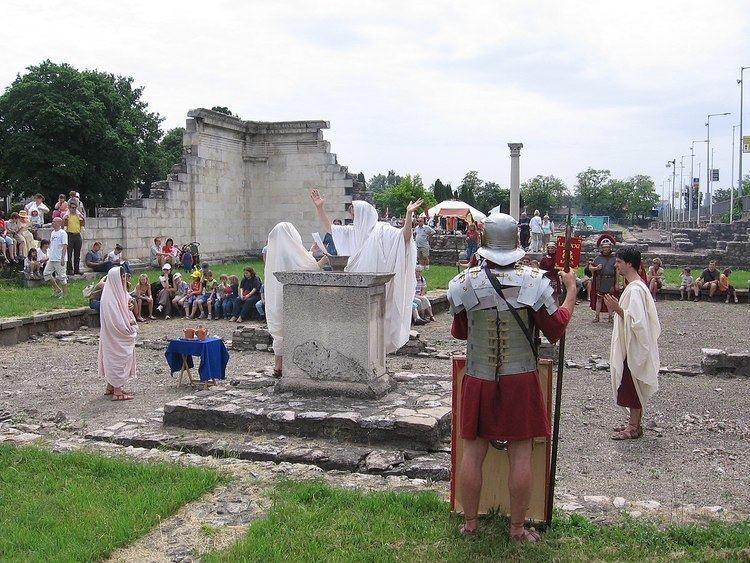 | ||
Roman Polytheistic Reconstructionism, known variously as Religio Romana (Roman religion) in Latin, the Roman Way to the Gods in Italian and Spanish (via romana agli dei and camino romano a los dioses, respectively), and Cultus Deorum Romanorum (care of the Gods), is a contemporary reconstructionist movement reviving traditional Roman religious cults consisting of loosely related organizations.
Adherents can be found across Latin Europe, but also in the Americas, the latter exemplified by Nova Roma, the largest such reconstructionist organisation. While an international organisation, it is legally based in the United States, with a majority of its membership hailing from the United States and Canada. Religious activity in Nova Roma, however, is also especially active in Central Europe, and countries such as Hungary, as well as Eastern Europe, particularly Ukraine and Russia. Additional organizations have become increasingly popular in recent years, particularly the Roman Republic: Res Publica Romana organization.
As usually grouped in Italian literature, the Italian movements may not correspond precisely with the English-literature notion of reconstructionism, but to a more encompassing notion of "Roman Pagan tradition[alism]". Loosely influenced by Julius Evola and Arturo Reghini's Ur Group of the 1920s, various other groupuscules have appeared in Italy, most notably the Movimento Tradizionale Romano and Curia Romana Patrum in the 1980s, which unified some calendars. Among the successes of the movement in Italy are two marriages: one in 1989 and one in 1992. CESNUR maintains a page with various other organizations and their history.
